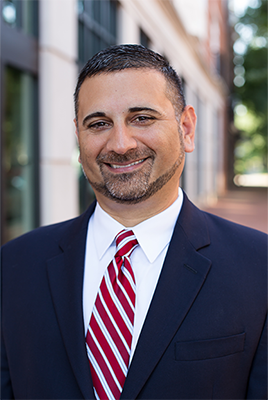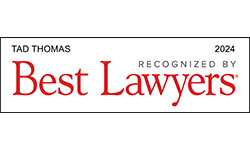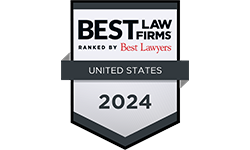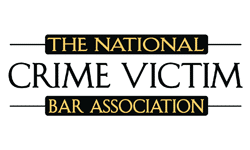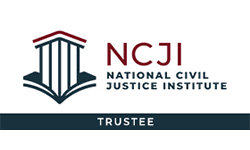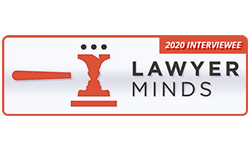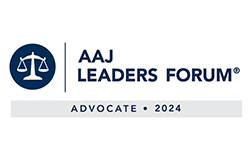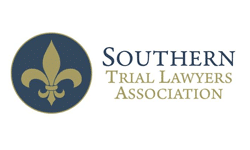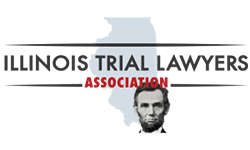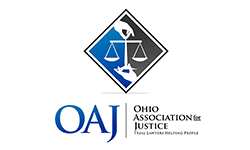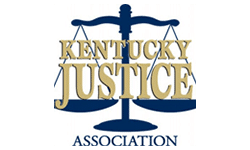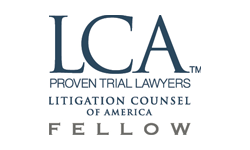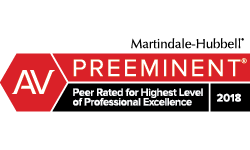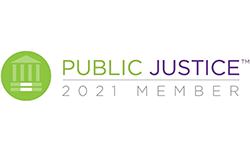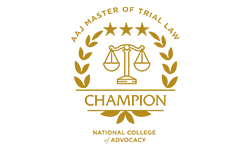When we go to the grocery store, agree to try a new drug or medical device, or pick up an item at our favorite retailer, we trust that the products and goods we’re buying will be safe and won’t cause us harm. The Food and Drug Administration (FDA) is in place for a reason, and numerous safety and regulation organizations stop product manufacturers from placing unsafe goods on the market. Despite all this, dangerous products are sold every single day.
Lawsuits deliver a powerful and impactful message, help families financially recover and recuperate from injuries or prolonged suffering, and remove unsafe products and drugs from the marketplace. A Columbia product liability lawyer can help you and your loved ones file a lawsuit against a company or manufacturer that has sold or distributed a product that inflicted injury.
What Happens When a Product is Recalled?
If children’s lives are placed in danger due to a malfunctioning toy or a crop is mistakenly sprayed with the wrong chemical resulting in dozens of people becoming sick, U.S. regulations will generally force a recall of that product or food, removing the item from sale entirely.
On average, the FDA recalls 4,500 drugs and devices from the market on an annual basis. Many of the products recalled have been widely used, ingested, injected, or implanted before being pulled from shelves. FDA-regulated products that are subject to recall include:
- Human and animal drugs
- Medical devices
- Vaccines
- Blood and blood products
- Radiation-emitting products
- Transplantable human tissue
- Animal feed
- Cosmetics
- Food
Having an item recalled is a complex process involving multiple steps. It’s important to note while the FDA can order a company to recall a dangerous or hazardous product, the agency cannot force a manufacturer to recall defective or potentially harmful drugs.
The Recall Process
Companies typically only recall a product after the FDA expresses concerns. The agency can learn about a potentially dangerous product by inspecting a manufacturing facility, receiving reports of health problems, or hearing about it from the Centers for Disease Control and Prevention (CDC). Before the FDA can recommend a recall, it must review the product.
The review is completed through a health hazard evaluation. The agency assembles a committee that looks at any diseases or injuries the product caused, the level of hazard to select segments of the population, the seriousness of the health hazard, and any long-term or immediate consequences.
- Recall Classification. Once the review is completed, the FDA classifies the recall based on the severity of injury that the product may cause. A Class 1 Recall is the most serious, meaning that the product could cause serious adverse events or death. With a Class 2 Recall, there’s the potential for temporary or reversible adverse events. A Class 3 Recall means the product is not as likely to cause injuries.
- Market Withdrawal. A market withdrawal happens when a firm removes or corrects products that have minor or no violations. The manufacturer will pull the products or make the necessary changes. These products typically do not show evidence of manufacturing problems.
- Medical Device Safety Alert. In the event a medical device is found or thought to cause serious harm, the manufacturer and the FDA will usually issue an alert. Sometimes, these are also classified as recalls.
Once a product is recalled, a public warning is issued. This identifies the product and the reason for the recall. It also includes the recall classification, possible health hazards posed by the product, the number of products being recalled, the lot numbers or other identification numbers, instructions on how to contact the manufacturer, and instructions for returning recalled products to the manufacturer.
Some items, however, don’t get recalled quickly enough or at all. It’s these instances that are especially dangerous. Sometimes recalls don’t happen because major corporations will fight against the FDA or find loopholes to keep their products on the shelves. While their products are on the shelves, these corporations are still earning a profit, after all. The most notorious products for remaining on the market despite proven injuries are prescription drugs and defective medical devices. Drug and medical device manufacturers do everything they can to keep their products on the market despite reports of injuries or harmful side effects.
Examples of Dangerous Products
While any product, device, or medication can be dangerous or defective when manufacturers are negligent, some products are more commonly recalled than others. For example, inadequate manufactured vehicles could have faulty brake lines or steering issues. If a person’s brakes give out because of a defect and they get in an accident, the manufacturer should be held accountable for the associated losses.
When a specific lot of medication is defective, a small portion of the population that takes that medication could develop reactions or their conditions could worsen. The same goes for if a medical device, like a hip implant, does not work as intended and patients have to undergo multiple surgeries to correct the problem.
Other examples of dangerous products include:
- Cosmetics
- Food and Agriculture Products
- Machinery and Tools
- Recreational Products
- Tobacco
- Alcohol
As you can see, just about any product can be or become defective. No matter the situation resulting in your injuries, it’s important to get in touch with a skilled law firm in Columbia, MO, who has access to the knowledge and resources needed to represent you best.
How Product Liability Law Can Help
Product liability law covers a wide area of products and goods that are available on the open market. Essentially, a product liability lawsuit attempts to find out who is liable for an injury or impairment that occurred while a product or good was used or consumed. Depending on the case and product, it’s possible that the designer or manufacturer of the item can be held liable or responsible if the item wasn’t assembled correctly, had a serious design flaw, or contained harmful chemicals.
It may also be possible that the product’s supplier or retailer can be held liable. Was the product not advertised or labeled correctly? If this is the case, they may be held financially responsible. As with many types of personal injury lawsuits against major corporations and businesses, product liability lawsuits can be incredibly challenging to win in court. Still, with enough evidence and a skillful product liability or personal injury lawyer, success is indeed possible.
Filing a Product Liability Claim
Drug corporations and other high stake manufacturers shouldn’t be allowed to dictate what products and drugs are safe for our families and us. In order to put an end to these continued acts of negligence, the U.S. legal system lets citizens file lawsuits against these corporations and manufacturers.
In the event you decide to pursue a claim against a company, it’s essential to understand what steps you need to take to offer yourself the best chance at success. Our product liability attorneys have the necessary experience with these types of claims to guide you through the process and ensure you receive what you need to move forward.
Elements of a Successful Claim
If you use a product and it causes you injuries or other damages, filing a dangerous product claim could put you on the fast track to recovery. To file a successful claim, it’s important to understand what you need to prove and how you can collect the required evidence. While your attorney will guide you through the claims process, you’ll benefit from having a general idea of what you’ll need to prove before you start.
The first element of a claim involves showing that the product you used caused your injuries. While a defective product may leave you at high risk for injury, it’s important to note you only have a valid claim if you actually sustained injuries or damages.
The second element involves proving the product was defective. You have to show that the product that injured you is faulty due to a manufacturing defect or design defect. Suppose you can prove that the dangerous quality is not obvious to any consumer. In that case, you’ll improve your chances of receiving compensation because manufacturers are required to provide sufficient warnings and instructions.
Then, you have to prove the defect is what caused your injury. If the deficiency cannot be linked directly to your losses, you won’t have a strong claim. Finally, it’s crucial to prove you were using the product as it was intended to be used when you suffered the injuries or damages.
Contact Thomas Law Offices
A Columbia product liability lawyer from Thomas Law Offices who has had success in fighting complicated personal injury lawsuits in the past can help you. We know what it takes to gather the right type of evidence and navigate the legal system to go up against major corporations during litigation. We won’t back down during a complicated case.
If you or a loved one have fallen victim to a defective or harmful product, you may be entitled to financial compensation. We fight for consumers like you every day, putting pressure on designers, manufacturers, and retailers to make and sell safe and reliable products. Contact our office to learn more or receive a free, zero-obligation case evaluation.


